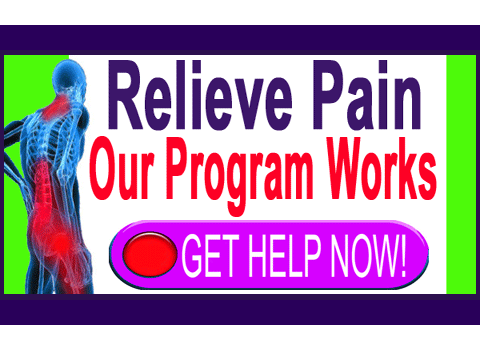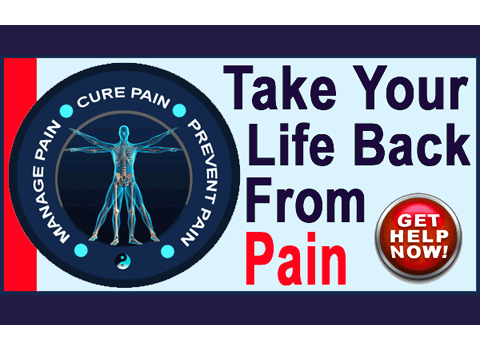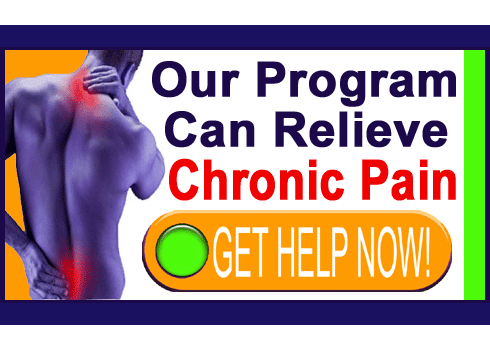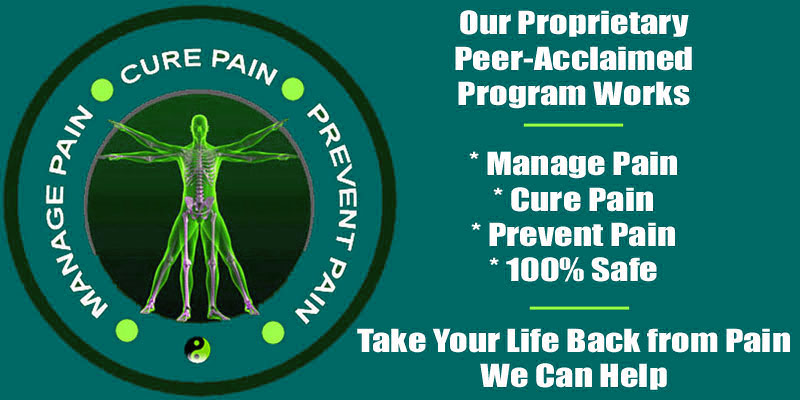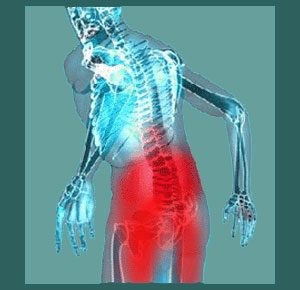
Sacroiliac pain management practices range from sustainable and constructive to dangerous and even deadly. Pain management remains the most controversial medical specialty, with patients clinging to it like life-preservers in the open water and doctors profiting to ridiculous degrees while literally killing people. There are certainly very justifiable reasons for the great debates over the efficacy, safety and ethicality of pain management.
When it comes to the sacroiliac joint, many patients experience chronic pain that will not abate without curative treatment. Most patients find themselves locked in a cycle of enduring pain and reduced physical functionality that requires specialized care. Instead of receiving curative interventions, so many patients become pawns of pain managers from various healing arts and sciences. Pain management is acceptable for those who can not be cured, but virtually all SIJ disorders can be resolved when the right treatment is applied.
This highly critical essay examines the problems in modern pain management of sacroiliac joint disorders. We will detail the risks of pain management and explore the best methods of care to minimize health hazards, while still providing effective relief.
Sacroiliac Pain Management Indications
No patient should ever be put into pain management while they have hope for a cure. Statistics show that sacroiliac joint disorders respond very well to many varieties of curative care, including many that are considered constructive and even holistic, such as exercise. Even if sacroiliac surgery is required, most SIJ pain syndromes can be ended without the need to place patients into any type of symptomatic management program.
Patients who have tried everything (and we mean everything, including using knowledge therapy to treat potential mindbody sources of pain) are the only people who are really indicated for entering pain management. However, even these people would be better served going back to basics and questioning the validity of their diagnosis, since multiple treatment failures is virtually universally indicative of misdiagnosis. If symptom management is still necessary, then patients have little choice but to comply. However, they have many choices when it comes to the types of care that they might select and drugs do not have to be part of the “solution”.
SIJ Pain Management Practices
When most people hear the words pain management, they immediate think of powerful drugs being used to numb the person over long periods of time. While this remains the most common therapeutic application, they are many choices for treatment that can reduce symptoms, so patients are not restricted to the dangerous pharmacological products forced upon them by doctors:
Massage is a great therapy that is well known to relieve stiffness and reduce pain. It is especially well suited for sacroiliac joint dysfunction, since it works directly on soft connective tissues.
Chiropractic may or may not provide pain relief, but many patients find it therapeutic and effective. Spinal and SIJ adjustments might also provide additional health benefits for those who subscribe the chiropractic theory of spinal alignment.
Acupuncture is proven to be just as effective as some of the most powerful drugs when provided by an expert. Acupuncture is a true pain management practice, since it works directly on reducing the severity of symptoms virtually anywhere in the body.
Drugs are the most commonly used products for pain and come in injectable and oral forms. Sacroiliac joint injections might provide long-lasting pain relief, with minimal systemic trauma, but the drugs do enter the bloodstream and therefore do have consequences. Additionally, many patients enjoy disappointing or short-term relief from injections, particularly after the first round. Oral drug intake is a deadly practice that slowly poisons the body and damages the blood and internal organs. Many naive people believe drugs will actually cure them or help them in some way, since they are prescribed by a doctor. However, these physicians make ungodly sums of money from prescribing, taking all the work out of actual doctoring and giving them more time to pursue selfish materialistic objectives with assets they earned at the expense of people’s health.
Nerve ablation surgeries are invasive forms of pain management that might work well and have limited risks compare to other surgical endeavors.
Pain coaching is a medically-endorsed path that teaches patients mindbody practices to help them better cope with pain, as well as function better, despite impediments. Quality pain coaches will only use constructive practices and will guide their clients away from the hazards of traditional pain management using drugs and surgery.
Sacroiliac Pain Management Pros and Cons
We understand that severe pain needs to be treated and have no objection to the responsible use of any type of pain relief, when used short-term. However, when pain endures over long timelines, the risks of pharmaceutical pain management have been well established and are undeniable. There is simply no way to justify using pharmaceutical products for pain for the remainder of life. This is an early death sentence, for sure.
Drugs work. However, so do other alternative methods of care. There is no harm in freeing yourself from the pharmaceutical path in order to attempt less dangerous solutions for your pain. You have nothing to lose and good health to regain.
As mentioned earlier, there are virtually always curative methods avoidable, but doctors tend to stick with what they know and what makes them the most money. As a patient, you need to be educated and advocate for your own health. If not, you will be exploited and endangered around every corner all in the name of financial profit.
Place your doctors under pressure and force them to find curative modalities of care, rather than accepting cop-out pain management solutions. Make them work. Shake them out of their comfort zones. If not, simply get a new doctor who cares more about your health than they do about that 10th vacation this year, that 7th car or that 20th new expensive wristwatch…
Sacroiliac Joint Pain > Sacroiliac Relief > Sacroiliac Pain Management

